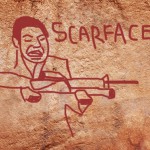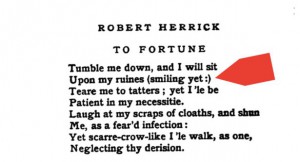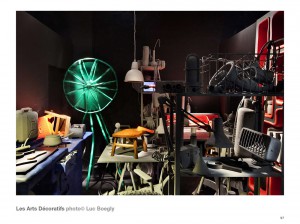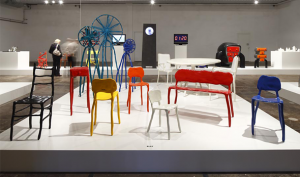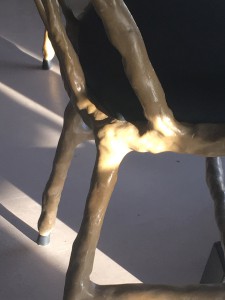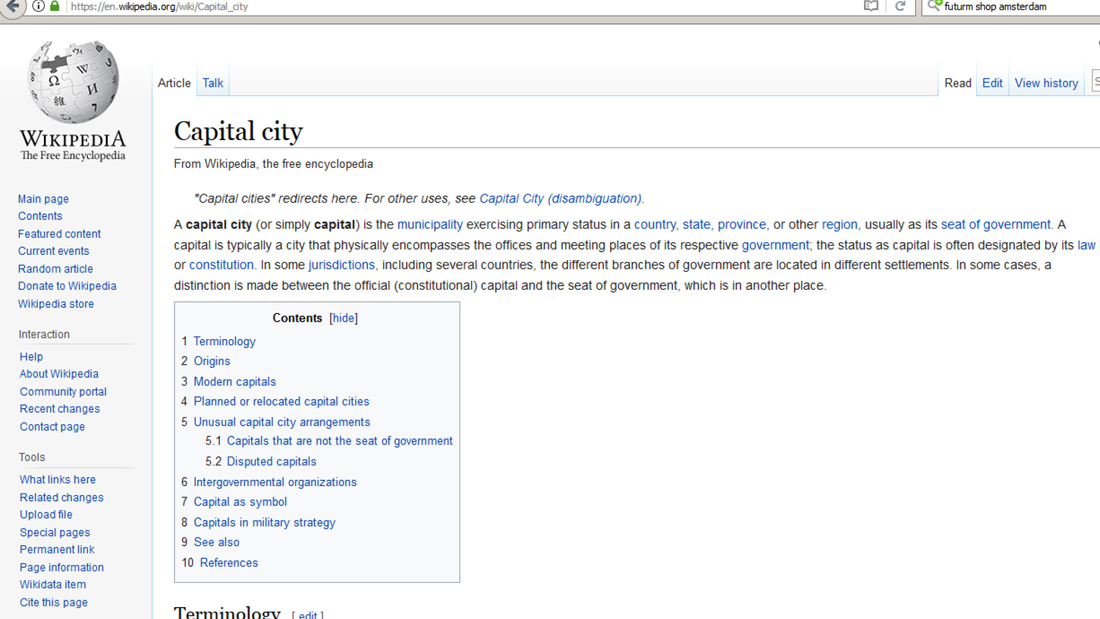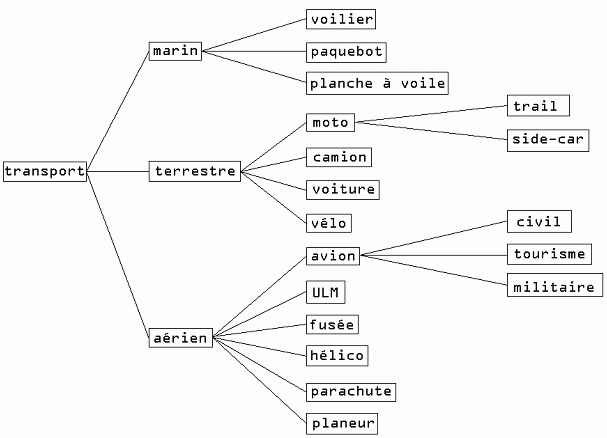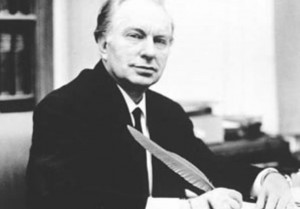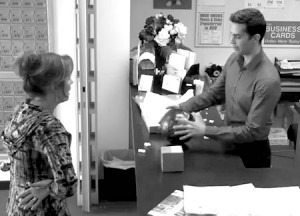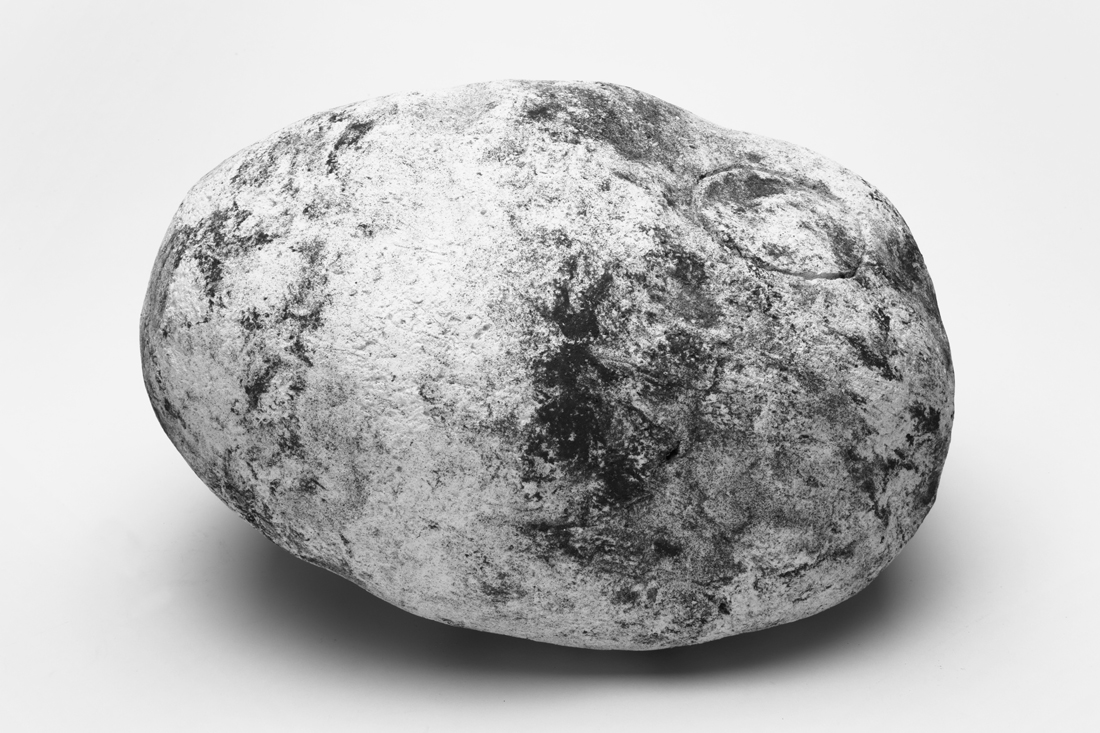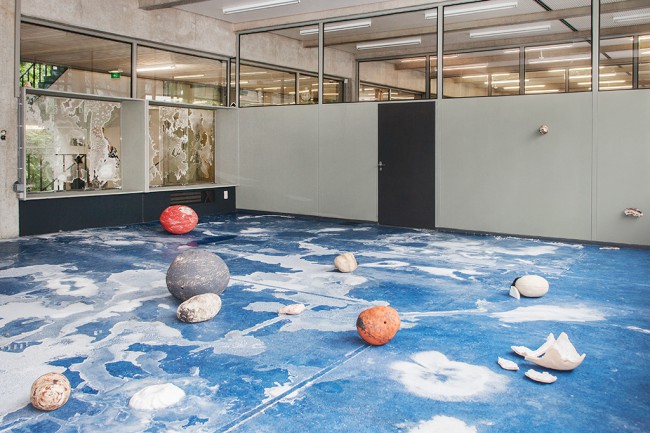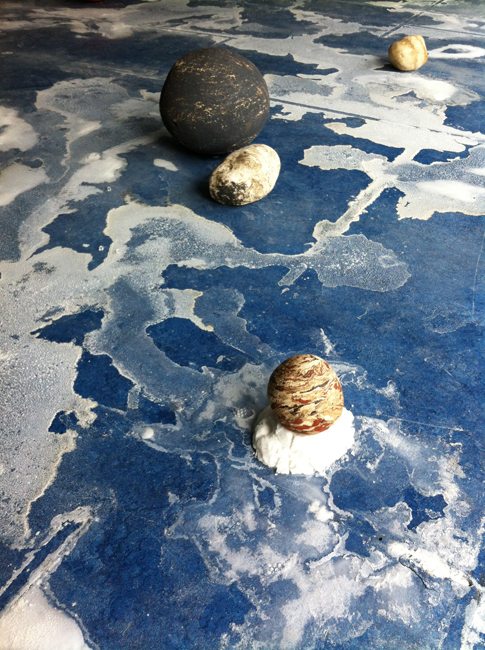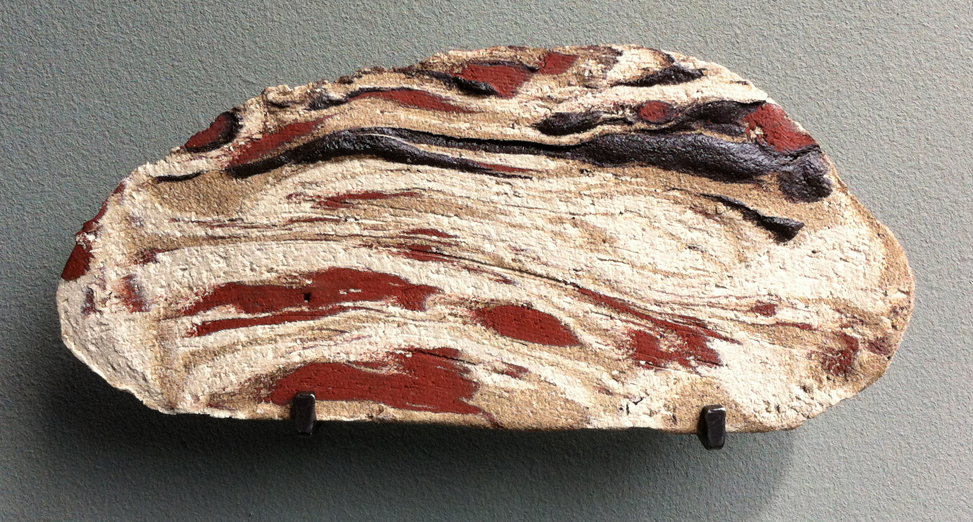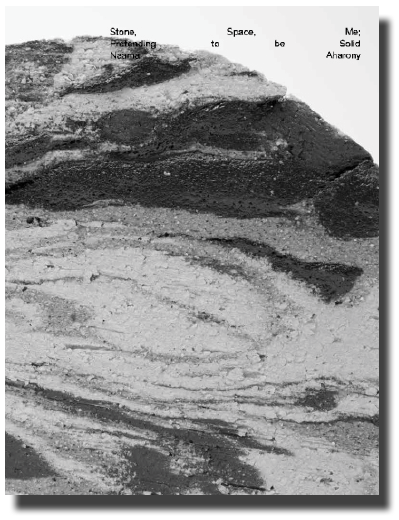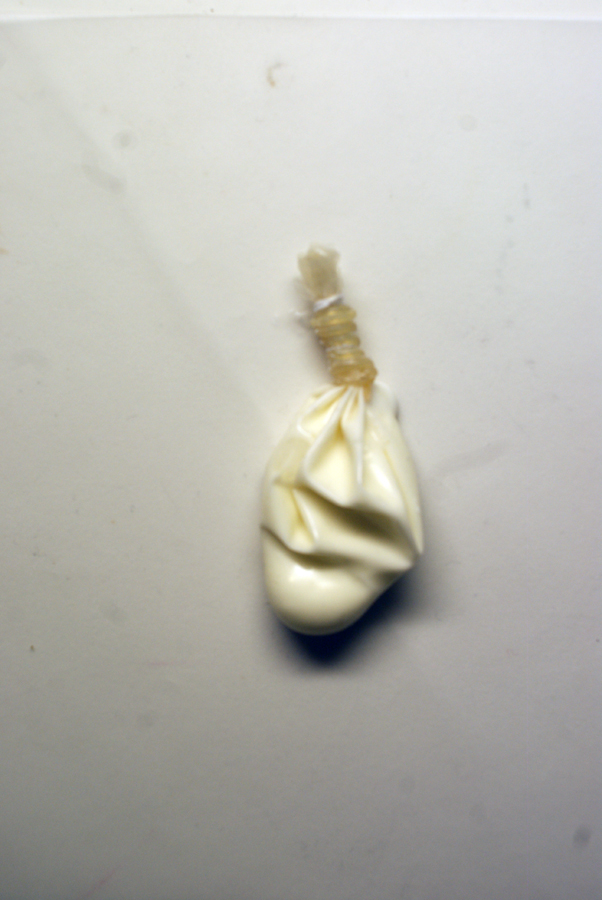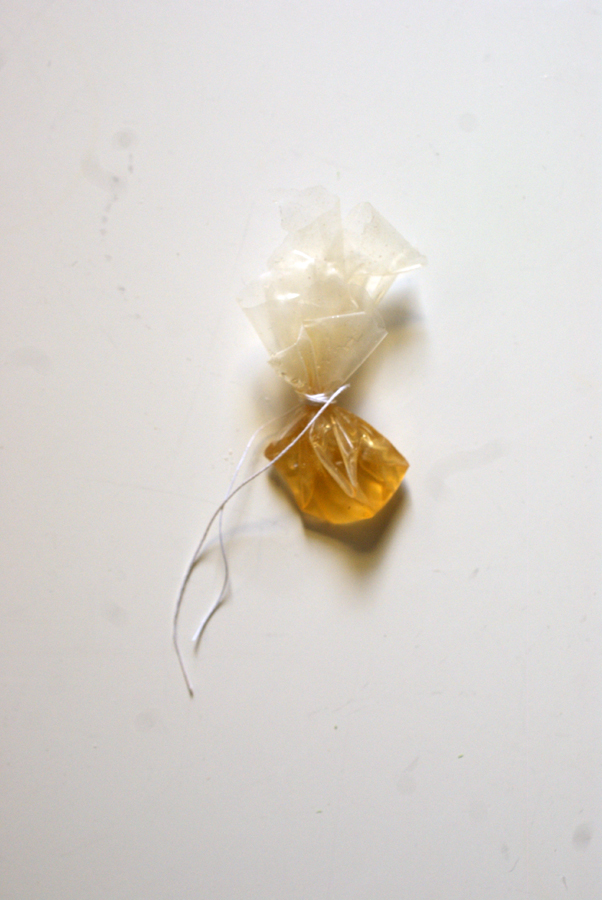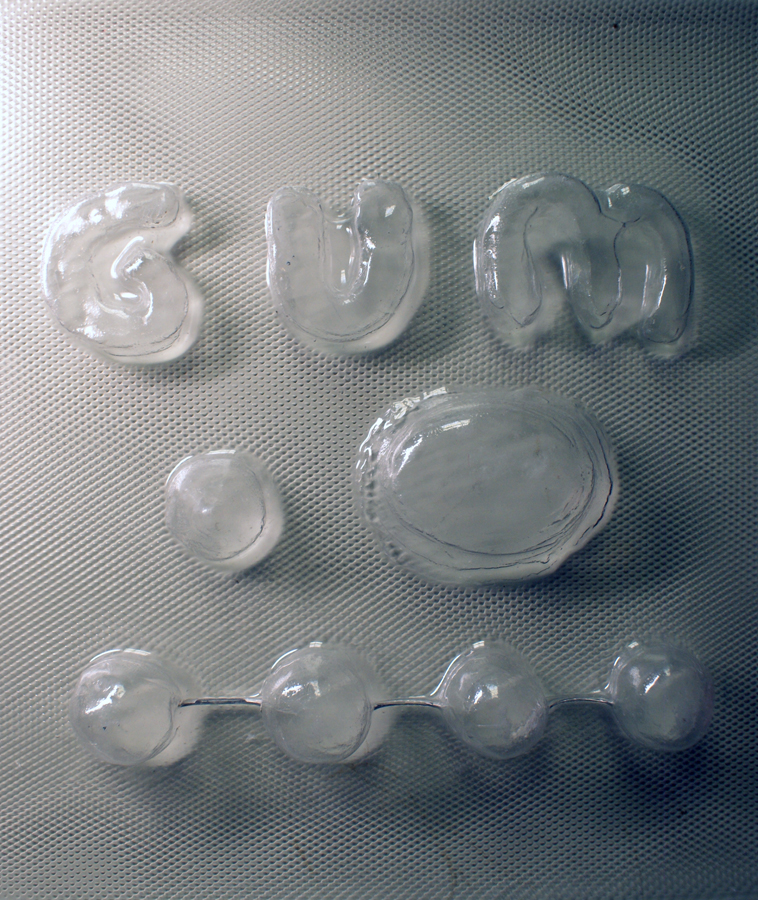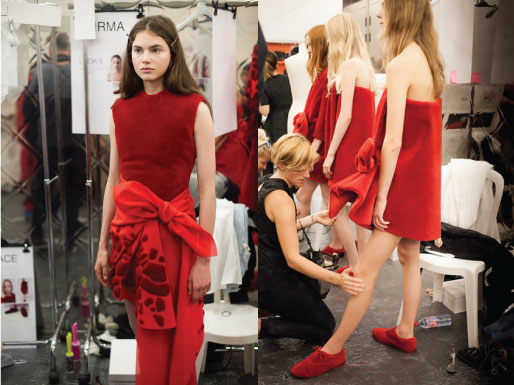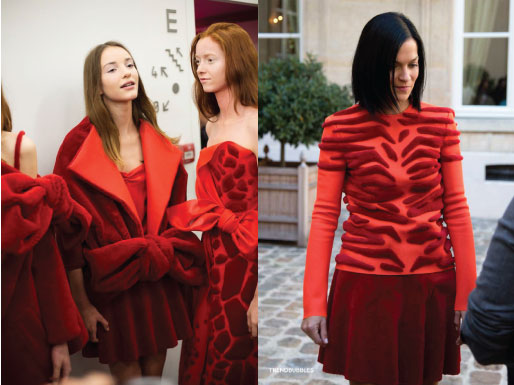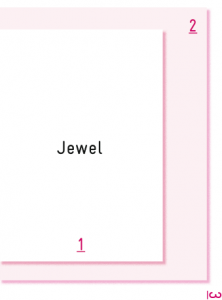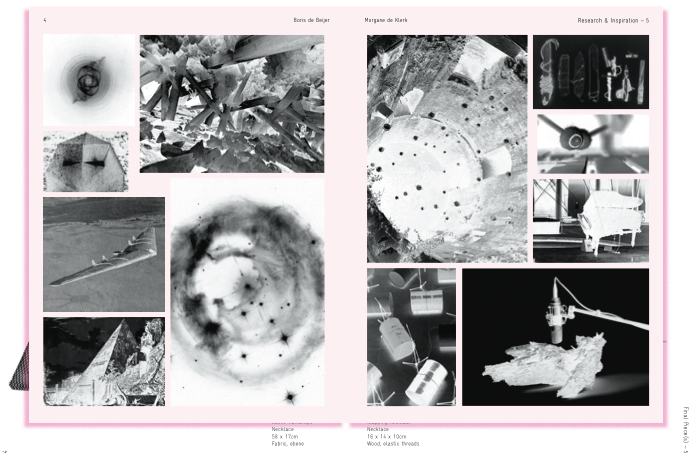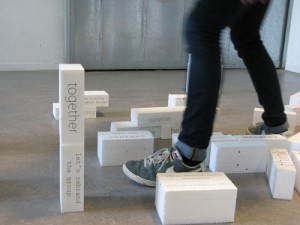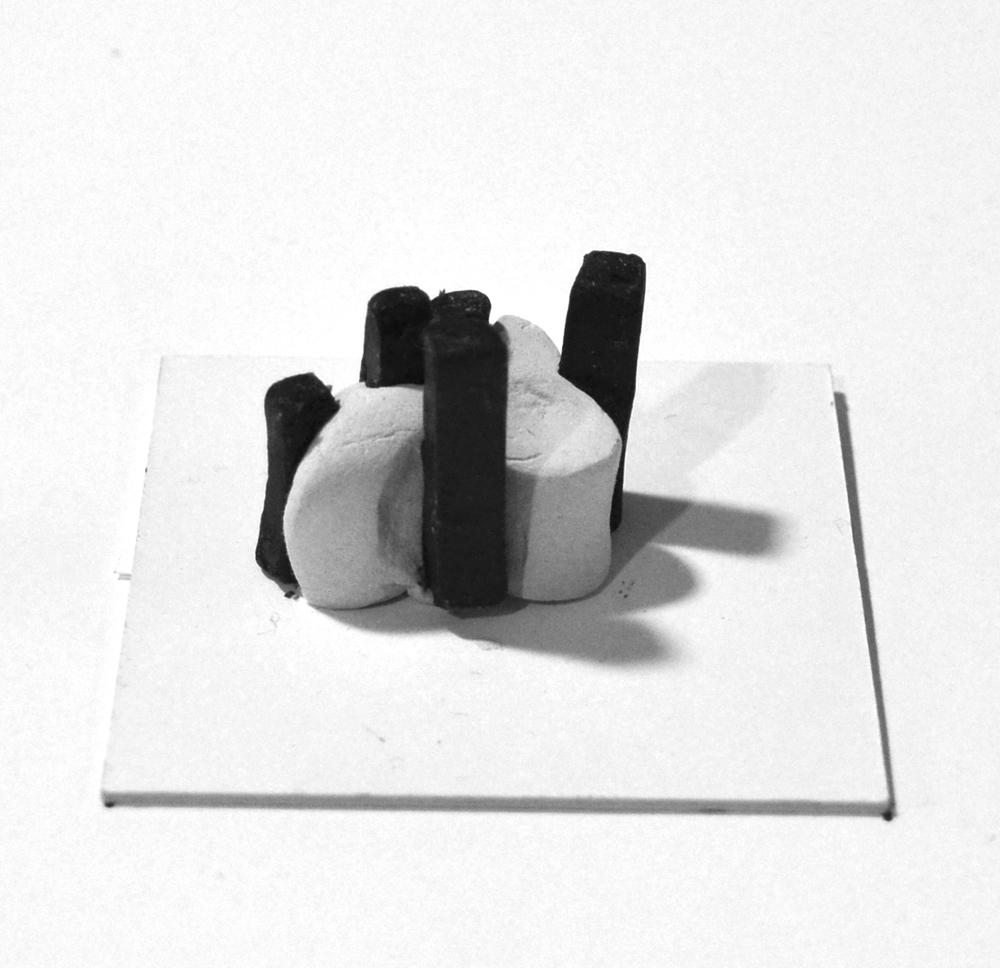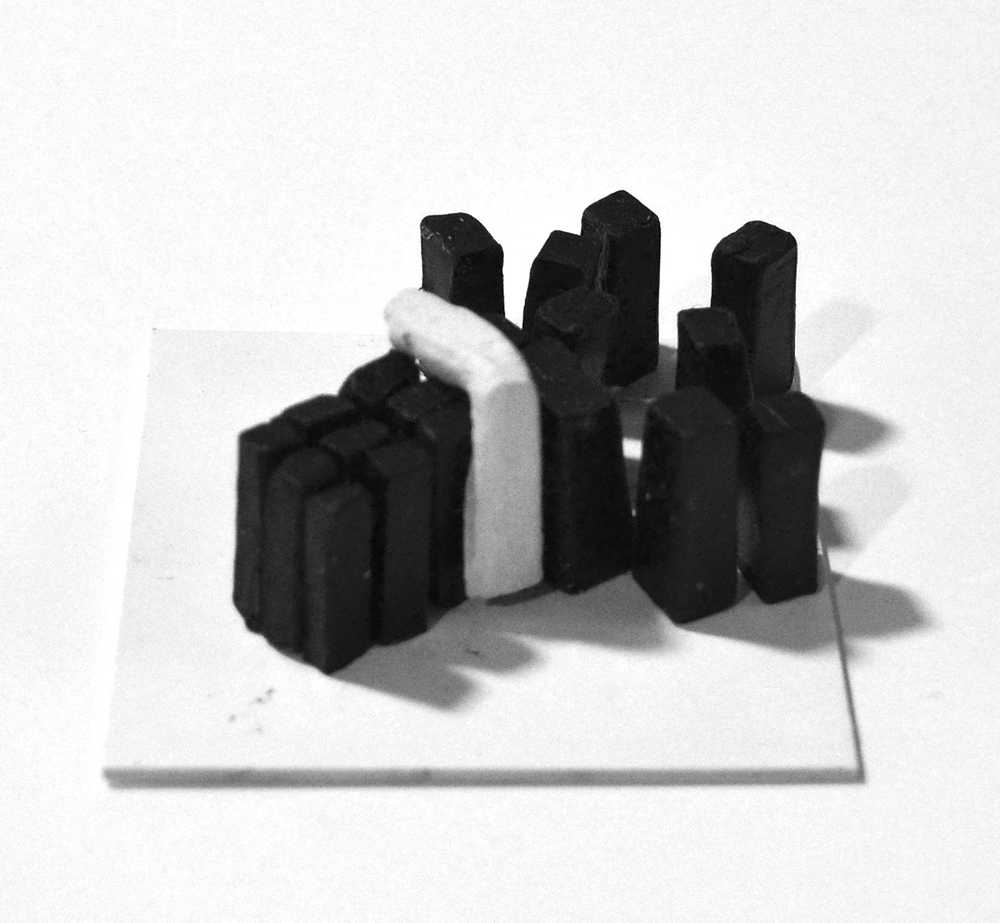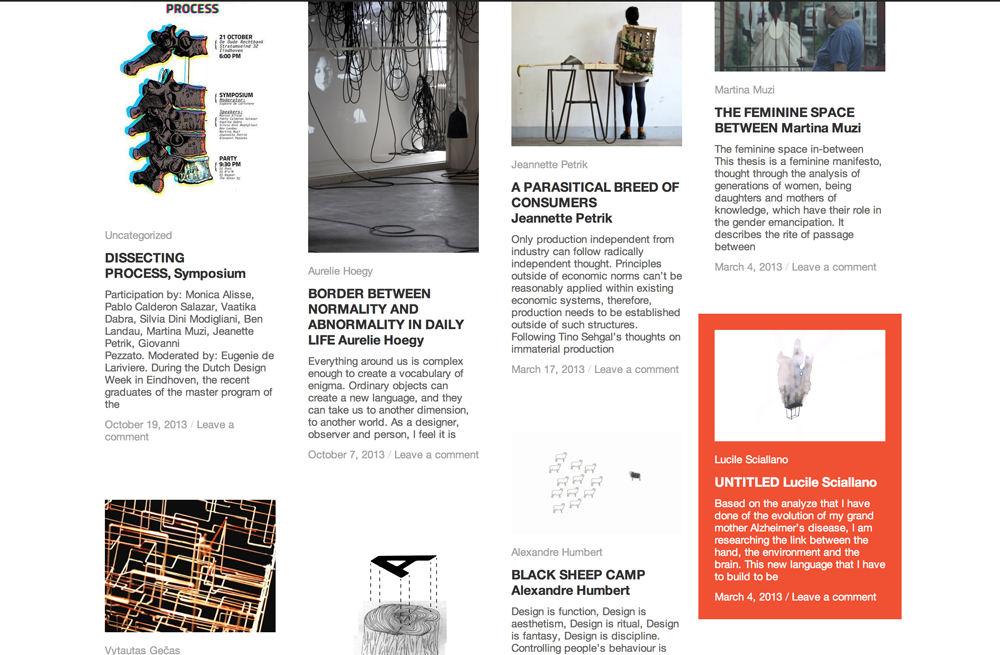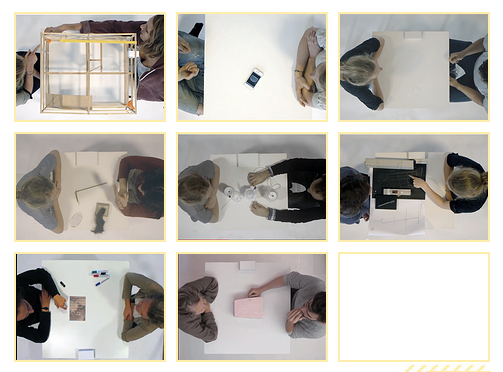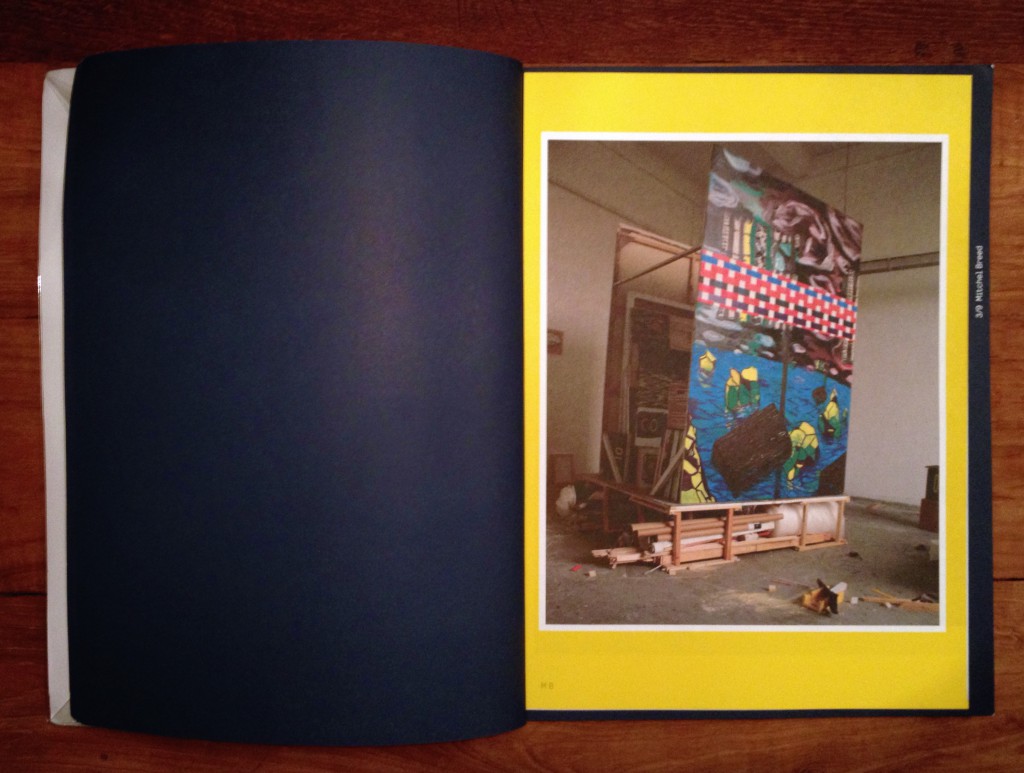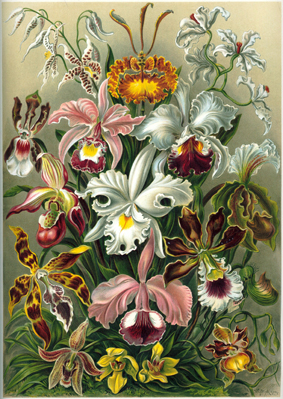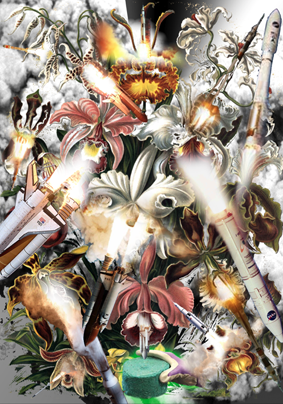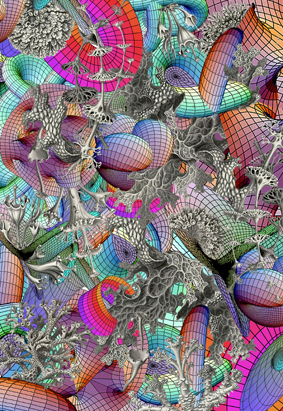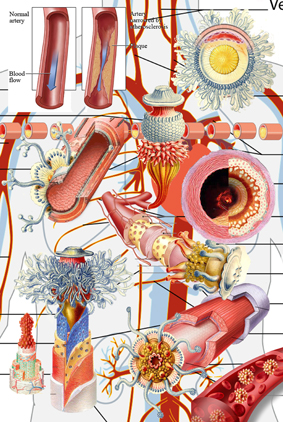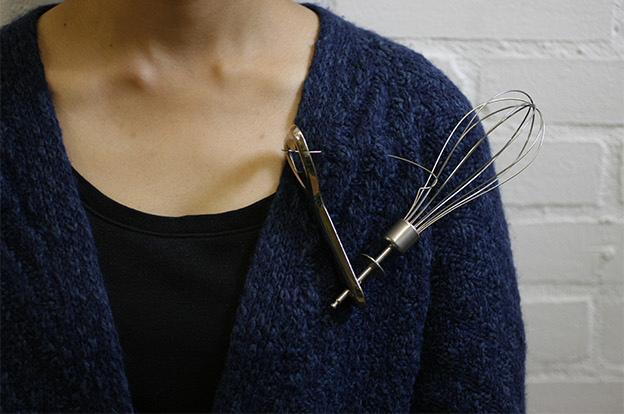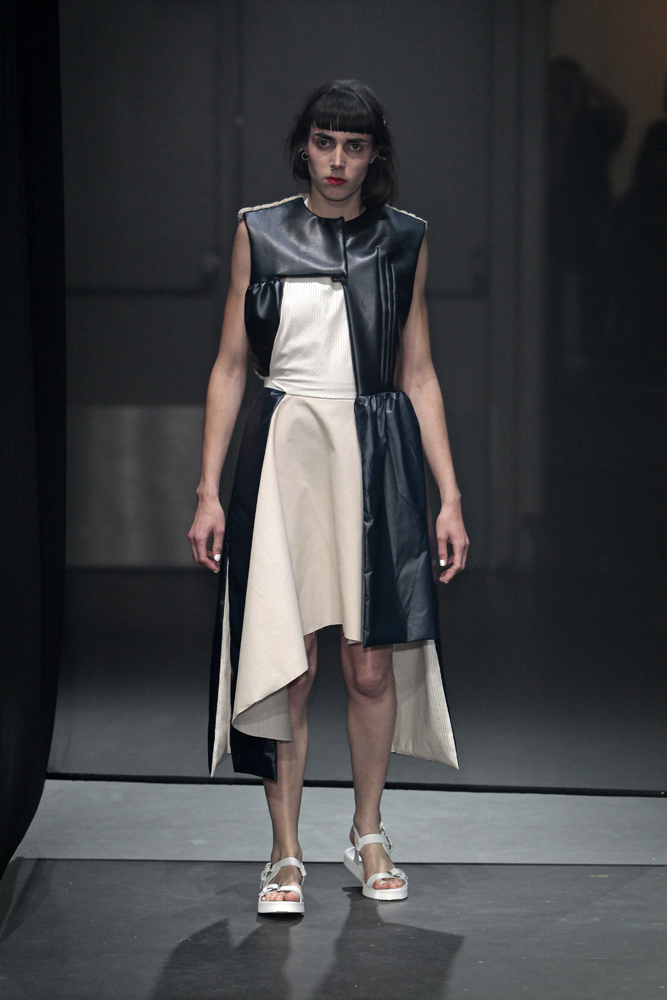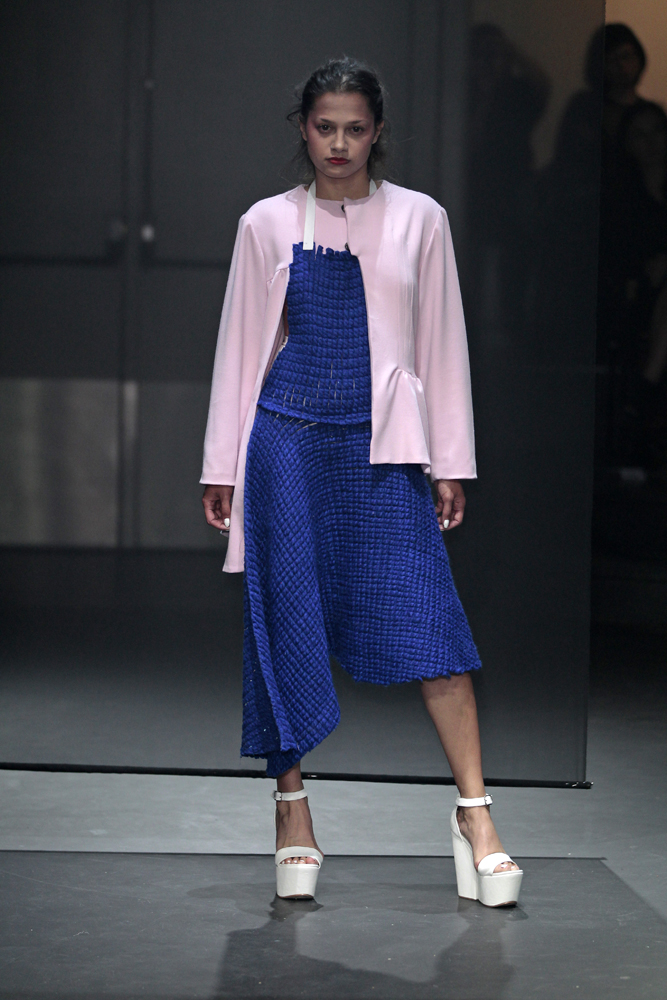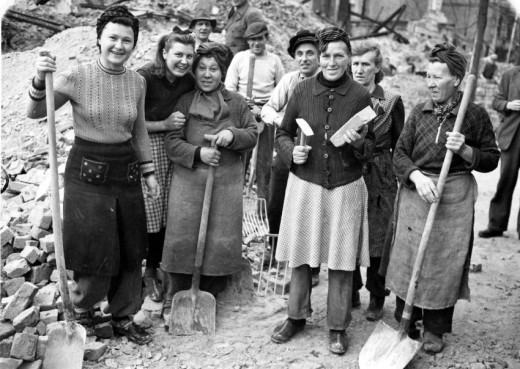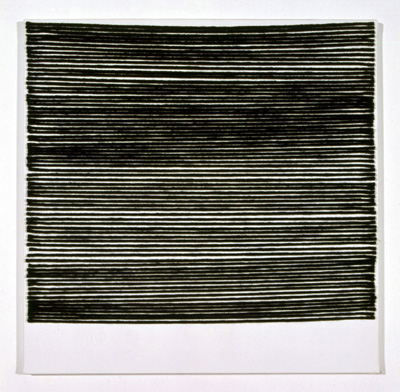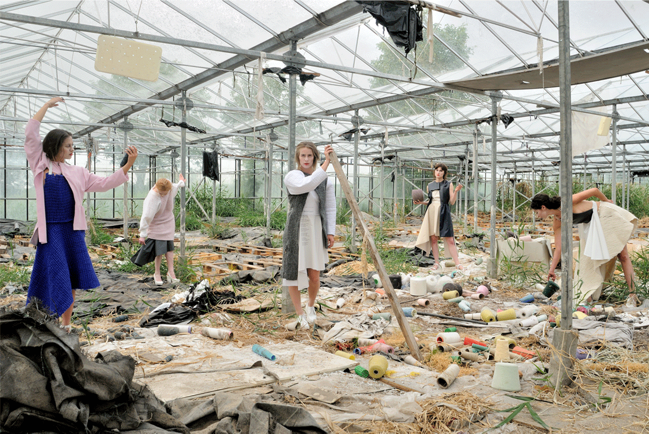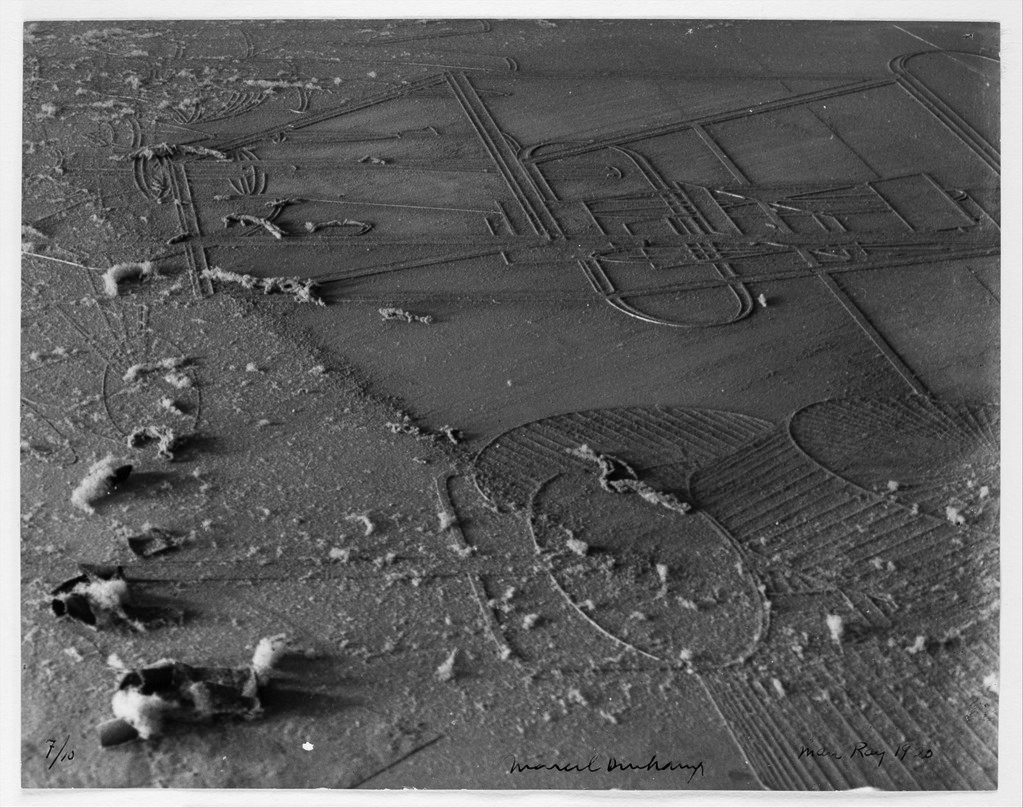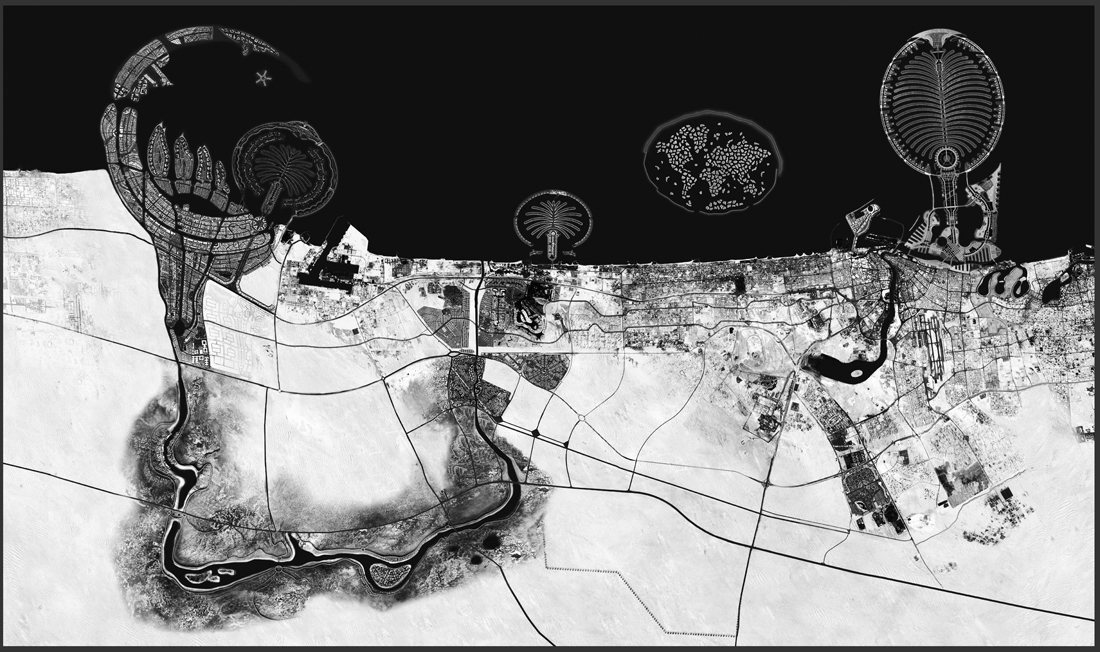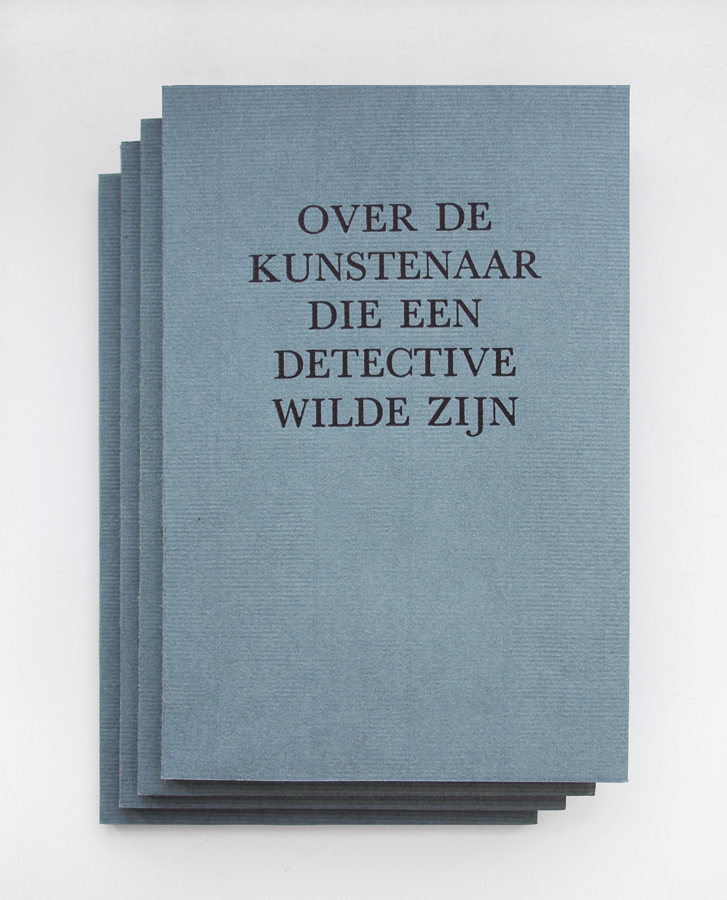So what it basically iS?
. Symbols, that help to describe/show things/emotions.
Did it all start from the primitive period, when people drew animals on the walls of the caves, using images and signs in order to describe?
Or from the first ‘:)’ in the poem from 17th century?
Anyways, it became popular in the 90s when in SMS people started using emoticons. Emoticons are punctuation marks, letters, and numbers used to create pictorial icons that generally display an emotion or sentiment.
Actually, it officially started in 1982, when in Carnegie Mellon University the joke in online message board went wrong and made a huge misunderstanding. Dr. Scott E. Fahlman came with a proposal to use emoticons in order to define jokes and non-jokes. : – )
Kao(face)moji(character)s are Japanese emoticons ¯\_(?)_/¯ .
e(picture)moji(character)
the first emoji was made by Shigetaka Kurita in 1999 for the first Japanese mobile internet platform i-mode.
(the 176 original emojis are now part of the permanent New York MOMA collection)
In 2011 Apple (of course) made them famous by adding them in iOS 5, but only for the Japanese version. (2 years later Android joined 🙂
After noticing the growing popularity of emojis around the world they added them to every keyboard.
Now every user can switch from English or German to emojis’ keyboard.
With the help of Unicode Consortium (- a non-profit group that maintain text standards across computers) (and Google’s petition to get emojis recognized ) emojis are (almost) everywhere. O-:
in 2010 Unicode accepted 625 new emojis proposed by Apple.
in 2013 the US Congress Library added the ‘Moby Dick’ written in emojis languages
in 2014 the gender and skin-color issues raised
in 2018 157 emojis were added.
You can propose your emoji and explain why it is necessary to add it http://unicode.org/emoji/selection.html
2 times a week the Unicode meets up to discuss wether the pasta should be on a plate or in the bowl
wether it is important to add a sugar cube to emojis’ list
wether the girl’s haircut should be till shoulders or longer
You can go to https://emojipedia.org/ if you are not sure in the meaning of the emoji and do not want the misunderstanding to happen
You can go to if you want to analyze the emojis you are using
http://emojinalysis.tumblr.com/ (sometimes they can tell more than your daily horoscope from Cosmopolitan)
http://emojitracker.com/ if you want to know what is in trend on Twitter
We are now way more reachable for any person in the world
We are now able to understand people without words
are emojis the new Esperanto?
How are they effecting us socially?
In Japan, where the emoji was born, there are declining birth rates due to people loosing interest in romantic relationships.
Hikikimori – a group of young men who dont leave the house and only communicate through technology.
We are loosing the power to communicate face to face.
However, Match.com released data proving that the more emojis a singleton uses on their dating site seems to result in more dates, therefore more sex.
Our phones have become priority. In general, if someones phone pings they stop their real life conversation for their phone.
Emojis are proven to help dyslexic people – they help us to sense emotions in bland messages.
what is the future of emojis and our language?
